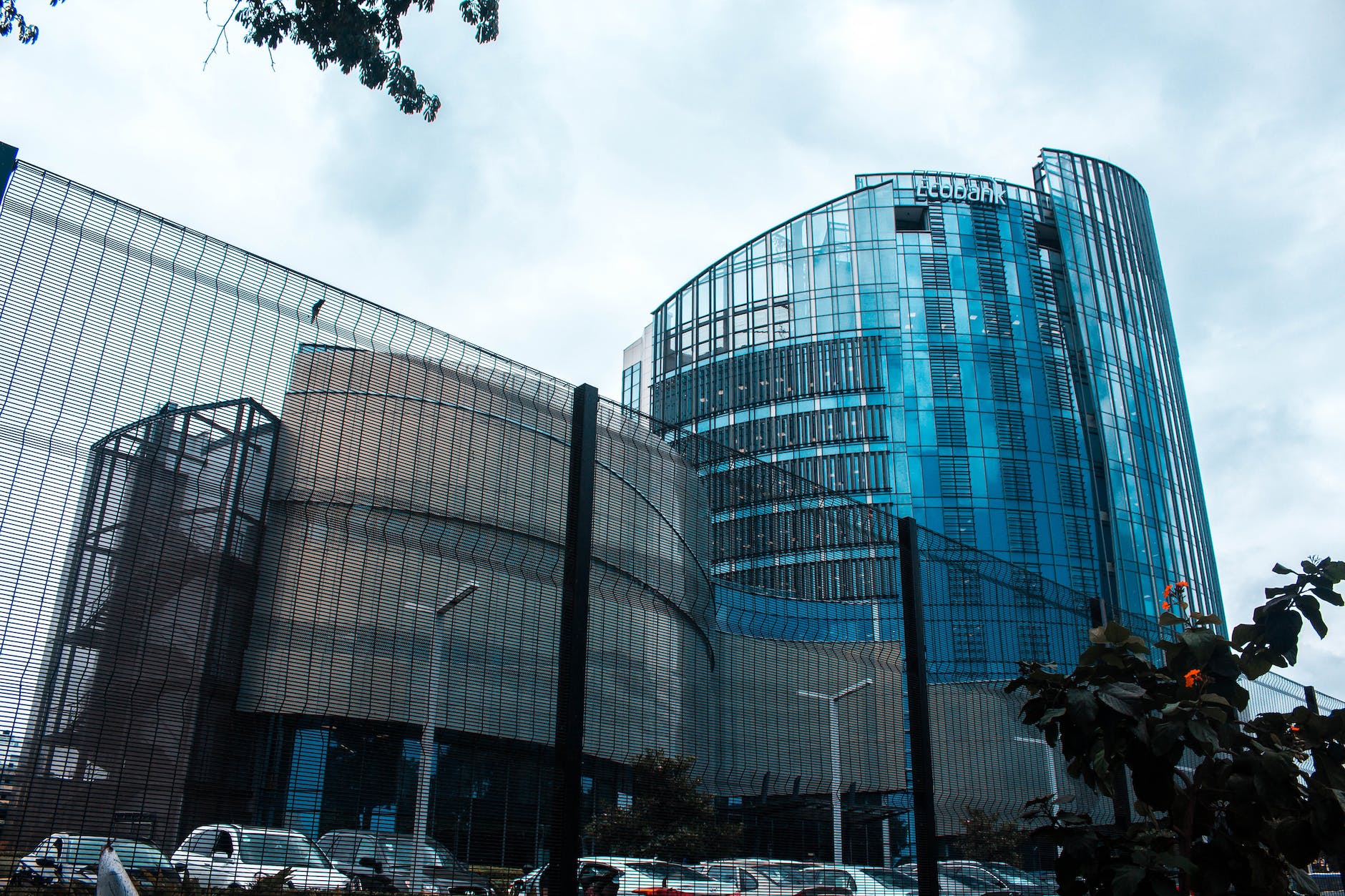Introduction
In recent years, the concept of financial inclusion has gained significant prominence in Kenya, transforming the lives of communities across the nation. At the heart of this transformative journey lies the operations of Savings and Credit Cooperative Societies, commonly known as Saccos. In this article, we delve deep into the workings of Saccos in Kenya, exploring their pivotal role in empowering communities through financial inclusion.
What Are Saccos?
Savings and Credit Cooperative Societies, or Saccos, are member-owned financial institutions that operate with the primary objective of promoting thrift among their members and creating a source of credit for them. These cooperative societies have a rich history in Kenya, dating back several decades, and have played a significant role in the economic landscape of the nation.
The Structure of Saccos
Saccos are typically organized in a hierarchical structure, with individual members forming the base of the pyramid. Members pool their financial resources, which are then used to provide credit facilities and other financial services to members in need. Here’s a breakdown of the key components of a Sacco’s structure:
1. Members
Members are the lifeblood of any Sacco. These individuals come together voluntarily to save and borrow money at competitive rates. They represent diverse backgrounds and professions, from teachers and farmers to healthcare workers and entrepreneurs.
2. Board of Directors
Each Sacco is governed by a Board of Directors elected by the members. The board is responsible for making crucial decisions, setting policies, and overseeing the overall direction of the Sacco.
3. Supervisory Committee
The Supervisory Committee is tasked with ensuring that the Sacco’s operations comply with relevant regulations and internal policies. They act as the watchdogs, safeguarding the interests of the members.
4. Management Team
A professional management team, led by a CEO or General Manager, is responsible for the day-to-day operations of the Sacco. They ensure that the Sacco’s financial services run smoothly and efficiently.
Saccos and Financial Inclusion
One of the primary objectives of Saccos in Kenya is to foster financial inclusion. Financial inclusion refers to the accessibility and affordability of financial services to all individuals and businesses, regardless of their income levels or location. Saccos have been instrumental in achieving this goal in several ways:
1. Savings Mobilization
Saccos encourage their members to save regularly, instilling a culture of thrift. These savings are then used to provide affordable loans to members, helping them access credit for various purposes, such as starting or expanding businesses, paying for education, or improving their homes.
2. Accessibility
Saccos are often located in rural and underserved areas, ensuring that even those in remote regions can access financial services. This geographical reach is a crucial aspect of financial inclusion, as it bridges the gap between urban and rural areas.
3. Financial Literacy
Saccos also prioritize financial education and literacy programs. They equip their members with the knowledge and skills needed to make informed financial decisions, manage their resources, and plan for the future.
The Impact of Saccos on Communities
The ripple effect of Saccos in Kenya goes beyond the individual members. These cooperative societies have a profound impact on communities as a whole:
1. Poverty Alleviation
By providing accessible credit to individuals and small businesses, Saccos contribute significantly to poverty alleviation. Members can invest in income-generating activities, thereby improving their financial well-being and that of their families.
2. Employment Generation
The growth of Saccos has led to the creation of jobs in various capacities, from management and administration to customer service and financial advisory roles. This, in turn, reduces unemployment rates and boosts economic stability.
3. Community Development
Saccos often invest in community development projects, such as schools, healthcare facilities, and infrastructure development. These initiatives enhance the overall quality of life in the areas where Saccos operate.
Challenges and Opportunities
While Saccos have made significant strides in promoting financial inclusion in Kenya, they also face several challenges. These include regulatory compliance, competition from other financial institutions, and the need for continuous innovation to meet the evolving needs of their members.
However, these challenges also present opportunities for growth and improvement. Saccos can explore digital transformation, expand their product offerings, and forge strategic partnerships to overcome obstacles and better serve their communities.
Conclusion
In conclusion, Saccos in Kenya play a pivotal role in empowering communities through financial inclusion. Their member-centric approach, coupled with their commitment to financial education and accessibility, has made them a driving force in the nation’s economic development. As Saccos continue to evolve and adapt to the changing landscape, they are set to remain at the forefront of Kenya’s journey towards financial empowerment and prosperity.
If you want to read more information about how to boost traffic on your Website, just visit











